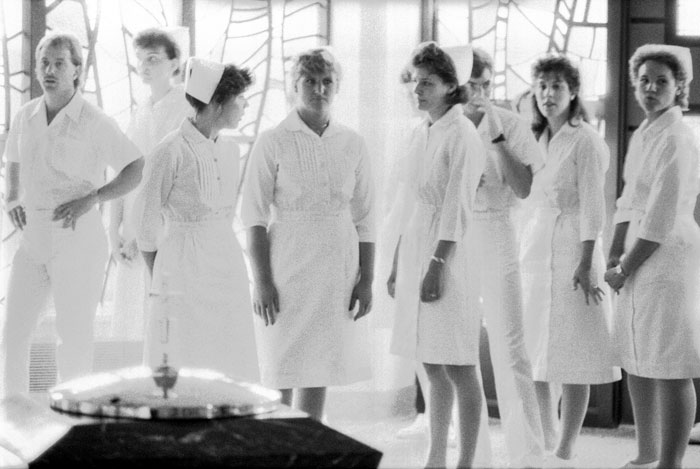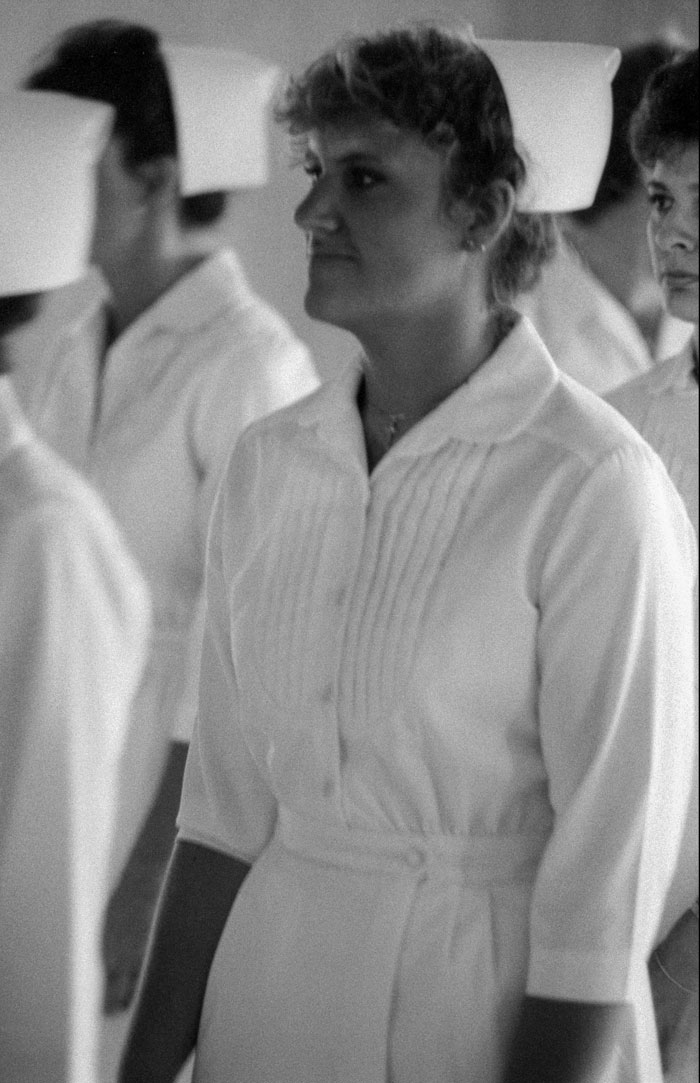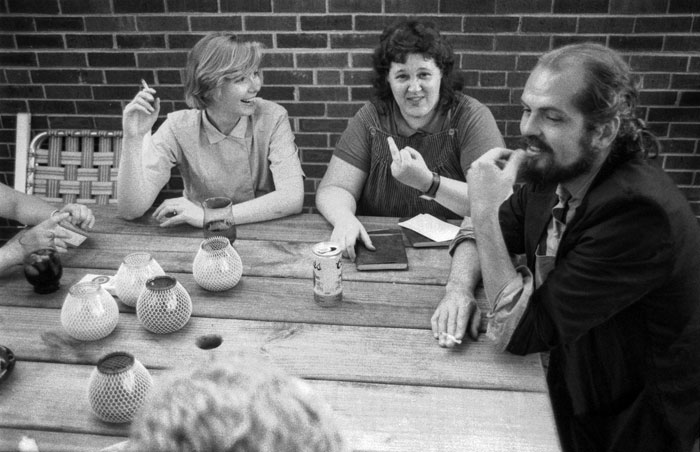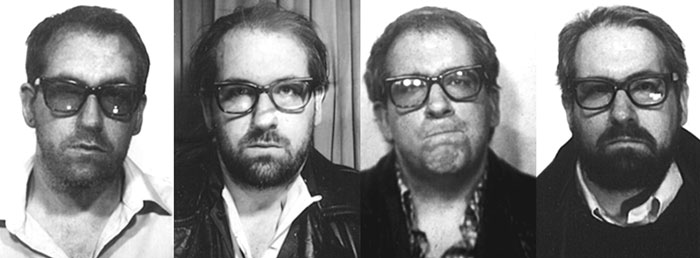
Mets win the series!
I grew up hating sports so I was surprised to get into baseball. Every night when I drove a cab I took along a portable radio and put it on the seat next to me for the entire shift. Music used to draw all sorts of reactions so I usually turned it off when someone climbed into the back seat. After a couple years, though, I started listening to baseball games. They were peaceful, they could last for hours, and a lot of people liked hearing them.
Sometime in 1985 I learned the Mets had signed an exciting new pitcher named Dwight Gooden. I have no idea how I learned this, but I had somehow begun to follow the team. Gradually I discovered the new hitter Daryll Strawberry and the veteran first basemen Keith Hernandez. Keith became my hero; he was a baseball scholar who ran the infield with encylopaedic knowledge of each hitter. He had a a better idea than anyone on the field about where the ball was going to go, and Davey Johnson, the manager, knew that he did. Keith also had some substance abuse issues; I think his interest in cocaine convinced the Cardinals to trade him. In New York it made him an honorary native.
Towards the end of the season I began to go out to Shea. Stepping off the 7 train you would be looking right into the ball park. The Mets were in a very tight pennant race with the Cardinals and I saw a few showdown games that were some of the most exciting things I have ever witnessed. It was great to sit in the stands on those summer nights, drinking beer, everybody yelling, people popping up and down in their seats. By the end, though, the Mets did not advance to the playoffs.
Then came the '86 season, and the team quickly moved to the top and stayed there; it seemed inevitable. They clinched the division early and went into the playoffs with the Houston Astros. I recall driving my cab on Third Avenue outside of Rusty Staub’s restaurant; Rusty was a much-loved player who had retired the year before and operated an Upper East Side barbecue joint-cum-party house for the Mets. A giant television in the window had been turned around to face the street. Cars were double-parked three rows deep and New Yorkers stood on them, oblivious to everything but the game.
It was a wild series that ended with a game that lasted sixteen innings. Fans commuting home who had stopped off for a beer at Grand Central hadn't boarded their trains hours later. People still call it one of the greatest games in baseball history.
When the Series began I just took the week off. I was caretaking Byron’s color TV and invited everyone I knew to come by for the games. Almost every contest was close and often determined by excruciating final turns at bat. More friends came by for each game; even the junkies were into it. In Game 6 the Mets were down by two runs in the bottom of the tenth and the Red Sox were one strike away from winning the Series. At one point the scoreboard flashed “Congratulations Boston Red Sox, 1986 World Champions” by mistake; the trophy was already in the Boston clubhouse.
Mookie Wilson was at bat. After six pitches, with the count 2-2, a wild pitch let the Mets tie the game. On the tenth pitch, with the count 3-2 after several foul balls, Mookie hit a slow-moving grounder that looked like the end of the game. But the ball rolled right between first-baseman Bill Buckner's shattered legs! Ray Knight scored for the win and people shouted out windows all up and down the block. And I got to attend an honest-to-god ticker-tape parade.
After 1986 I still followed the team but I wasn't a cabbie anymore; radio listening was no longer part of my routine. I went to Shea every once in a while and watched games on local TV. Gradually the players who felt like close frients retired or went to other teams. Gooden and Strawberry both got into serious drug problems. Hernandez was on Seinfeld helping Jerry move and appearing on an episode that was a pitch-perfect parody of Oliver Stone's JFK.
Even more gradually the locally televised games disappered and the Mets finally put together their own cable channel. I won't pay for sports on TV; I don't watch enough games and I am way too used to getting them free. I drifted away.
This is the only image I can find from an entire day of shooting the festivities in downtown Manhattan; I can't find the negatives. I had this print made in '86 and that's all I have left.










